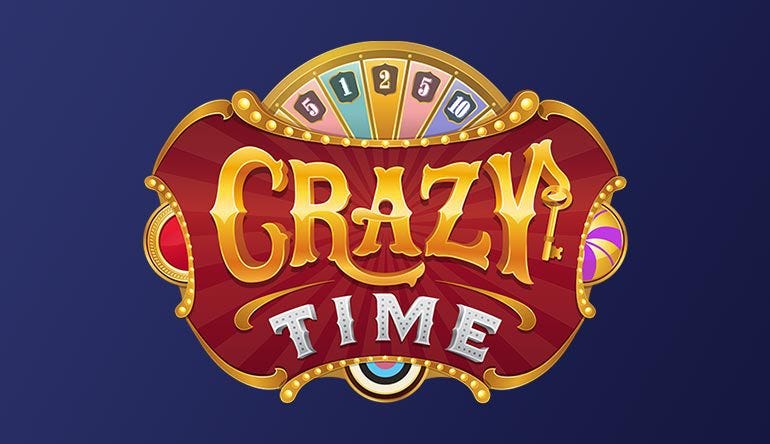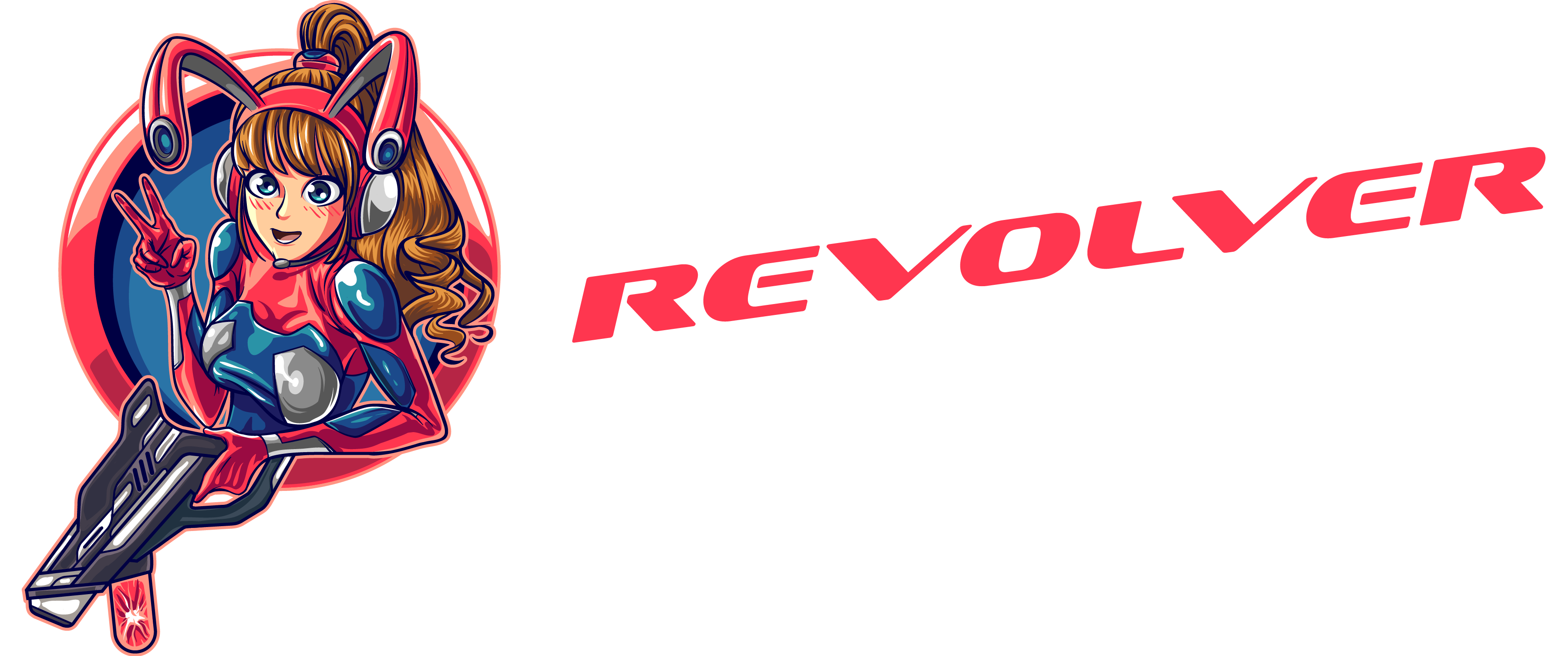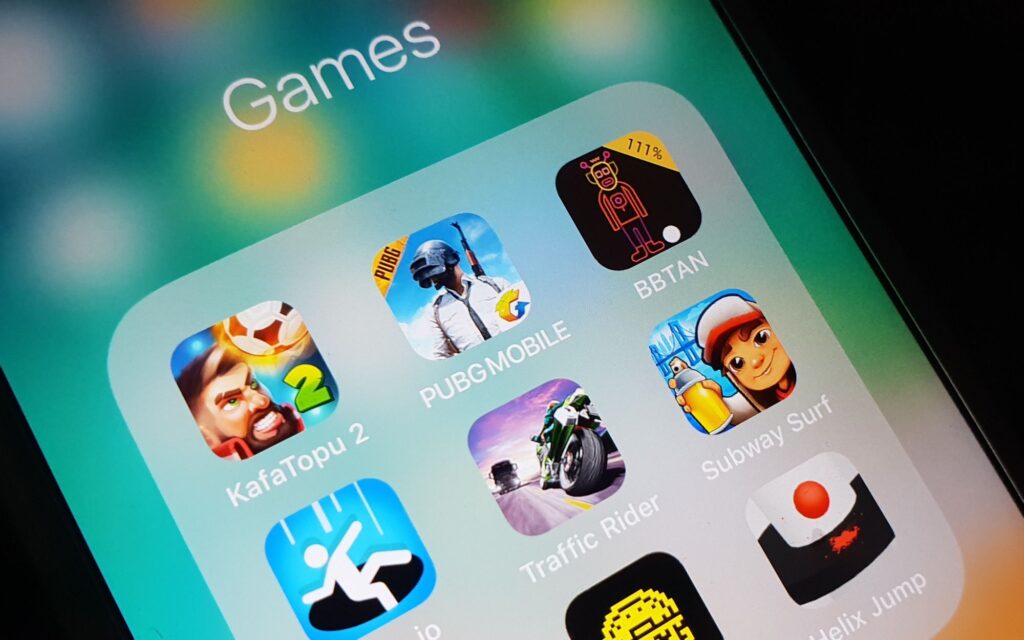In today’s digital era, mobile gaming has become a massive industry, with millions of users downloading and playing games daily. Developing a mobile game app involves a combination of creative design, technical expertise, and strategic planning—all of which come with associated costs. Whether you are creating a casual puzzle game or a live casino game app, understanding the cost factors is essential for budgeting and planning. For instance, if you’re interested in live gaming, you can explore options like the Crazy Time casino app download for free to experience high-quality interactive gameplay and understand market expectations.
Key Factors Affecting Mobile Game Development Costs
The cost of developing a mobile game app depends on several factors, including the type of game, its complexity, the development platform, and the team involved. Here is a breakdown of the primary cost factors:
- Game Concept and Design The initial phase involves brainstorming the game concept, creating storylines, and designing characters, environments, and user interfaces. For a live casino game, this could include vibrant graphics, realistic game mechanics, and engaging bonus features.
- Cost Range: $5,000 to $20,000, depending on the complexity.
- Development Platform Deciding whether the app will run on iOS, Android, or both affects the development cost. Cross-platform development tools like Unity and Unreal Engine can streamline the process but may still require platform-specific optimization.
- Cost Range: $10,000 to $50,000.
- Game Development Coding the game mechanics, integrating sound effects, and developing the core gameplay features form the backbone of this phase. Multiplayer games or those with live components, like Crazy Time, often require advanced server-side development.
- Cost Range: $20,000 to $100,000 or more.

- Testing and Quality Assurance (QA) Ensuring a seamless user experience is critical. QA testing involves identifying and fixing bugs, optimizing performance, and conducting usability tests to refine the game.
- Cost Range: $5,000 to $15,000.
- Marketing and Launch Promoting the app through advertisements, social media campaigns, and influencer partnerships is vital for reaching the target audience. A well-executed marketing strategy can significantly impact the app’s success.
- Cost Range: $10,000 to $50,000.
Types of Mobile Game Apps and Their Costs
- Casual Games Simple games with minimal mechanics and short play sessions fall into this category. Examples include match-3 games and endless runners.
- Estimated Cost: $20,000 to $50,000.
- Mid-Level Games These games feature more complex mechanics, richer graphics, and additional features like leaderboards or multiplayer modes.
- Estimated Cost: $50,000 to $150,000.
- High-End Games High-end games often include AAA-quality graphics, immersive storylines, and advanced technologies like augmented reality (AR) or virtual reality (VR).
- Estimated Cost: $150,000 to $500,000 or more.
- Live Casino Games Live casino games like Crazy Time require specialized development, including real-time video streaming, secure payment integration, and high-level graphics.
- Estimated Cost: $200,000 to $1,000,000.
Hidden Costs in Game Development
- Licensing and Royalties Using third-party software, tools, or intellectual property may involve additional licensing fees or royalties.
- Server Maintenance Games requiring online functionality need robust servers to ensure a smooth gaming experience. Ongoing server maintenance can add to the cost.

- Post-Launch Updates Regular updates with new content, bug fixes, and feature enhancements are crucial for retaining users and maintaining competitiveness.
- Customer Support Offering in-game support and addressing user concerns promptly is essential for a positive player experience.
Reducing Development Costs
- Start Small Focus on a minimum viable product (MVP) with essential features and expand based on user feedback.
- Outsource Development Hiring an experienced external team can be more cost-effective than maintaining an in-house team.
- Use Pre-Built Assets Leveraging ready-made assets and templates can save time and reduce costs.
- Adopt Agile Development Iterative development allows for flexibility and ensures resources are used efficiently.
Revenue Models for Mobile Games
- In-App Purchases (IAPs) Players can buy virtual goods, currency, or additional features directly within the app.
- Advertisements Monetizing through ads, such as rewarded videos or interstitials, can generate consistent revenue.
- Subscription Models Offering premium content or features through subscriptions provides recurring income.
- Freemium Model Combining free access with optional paid features is a popular approach for maximizing user acquisition and revenue.
Conclusion
Developing a mobile game app is a multifaceted process with costs varying based on the game’s complexity, features, and target audience. From concept design to post-launch updates, each stage requires careful planning and investment. For those considering live casino games, the Crazy Time casino app offers a glimpse into the level of quality and engagement players expect. By understanding the cost dynamics and leveraging cost-saving strategies, developers can create successful mobile games that captivate audiences and generate lasting revenue.

